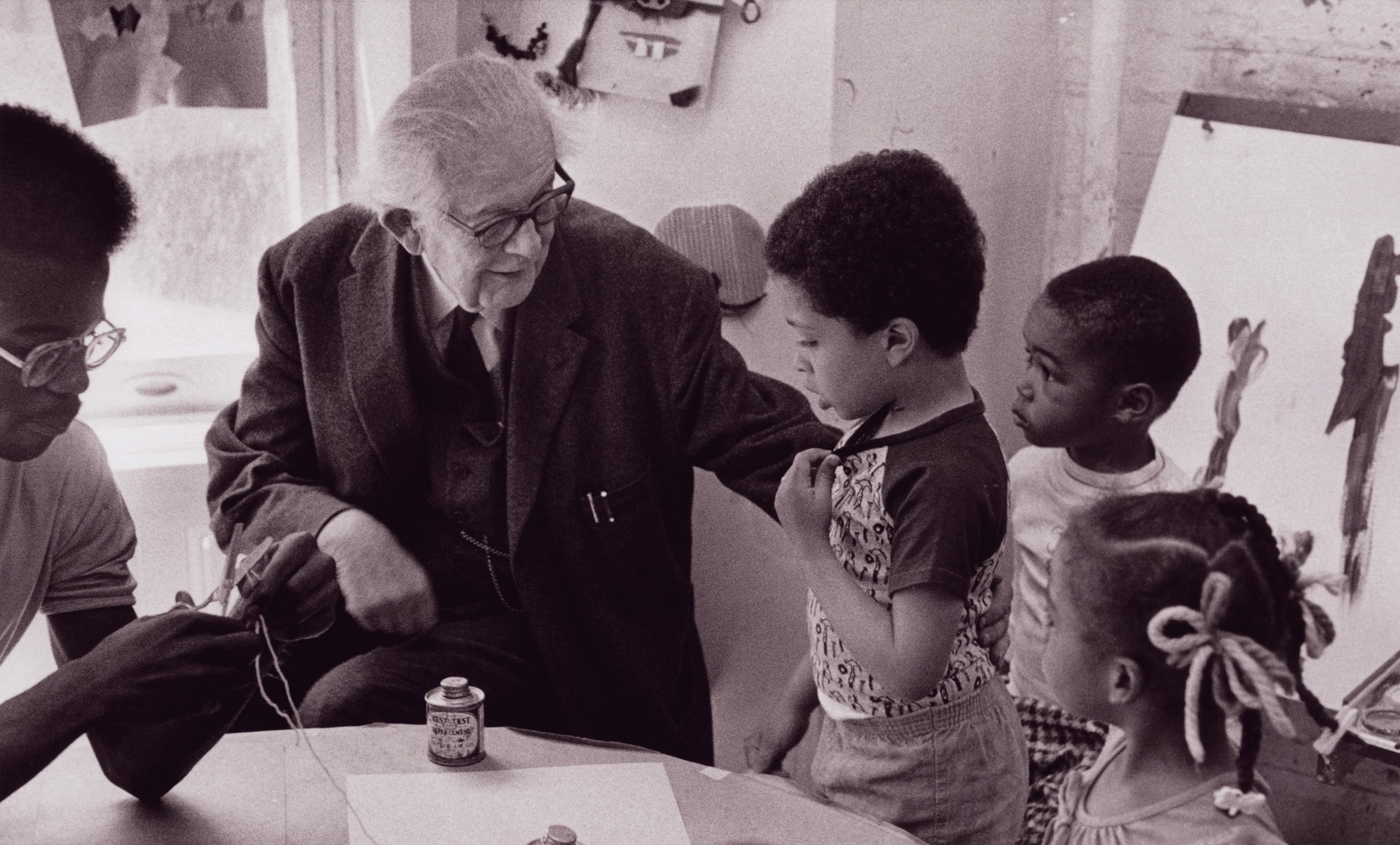
The ability to conserve represents one of the major landmarks within Piaget’s (e.g. 1950) theory of cognitive development. It marks the end of pre-operational thought and the beginning of operational thought and occurs at about age seven. This is a major shift from non-logical to logical thought, albeit tied to actual, concrete situations.
In Piaget’s famous conservation experiments, children are presented with two identical quantities whose appearance is then changed — transformed — in some way. The children are asked the same question both before and after the transformation. For example:
Your organisation does not have access to this article.
Sign up today to give your students the edge they need to achieve their best grades with subject expertise
Subscribe




